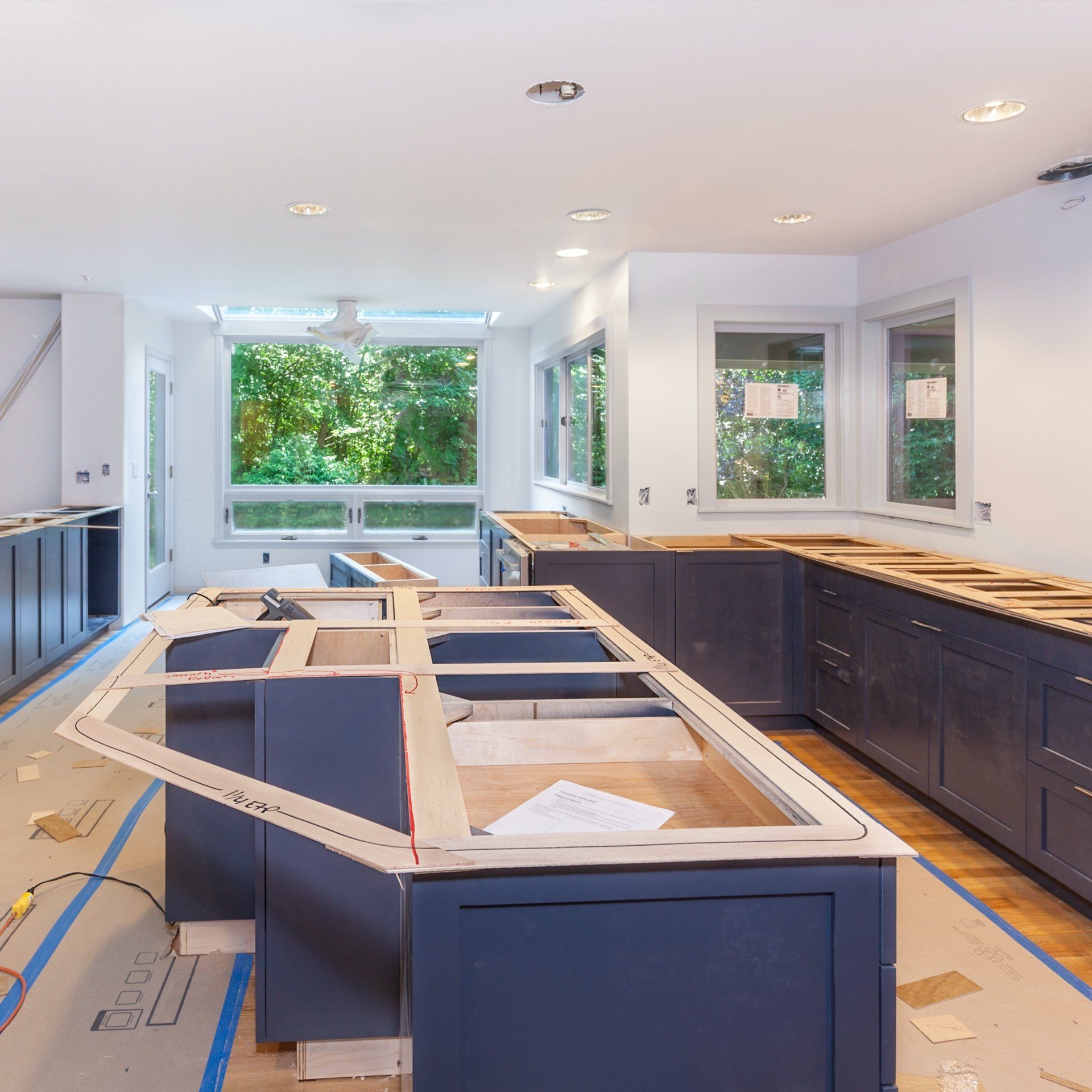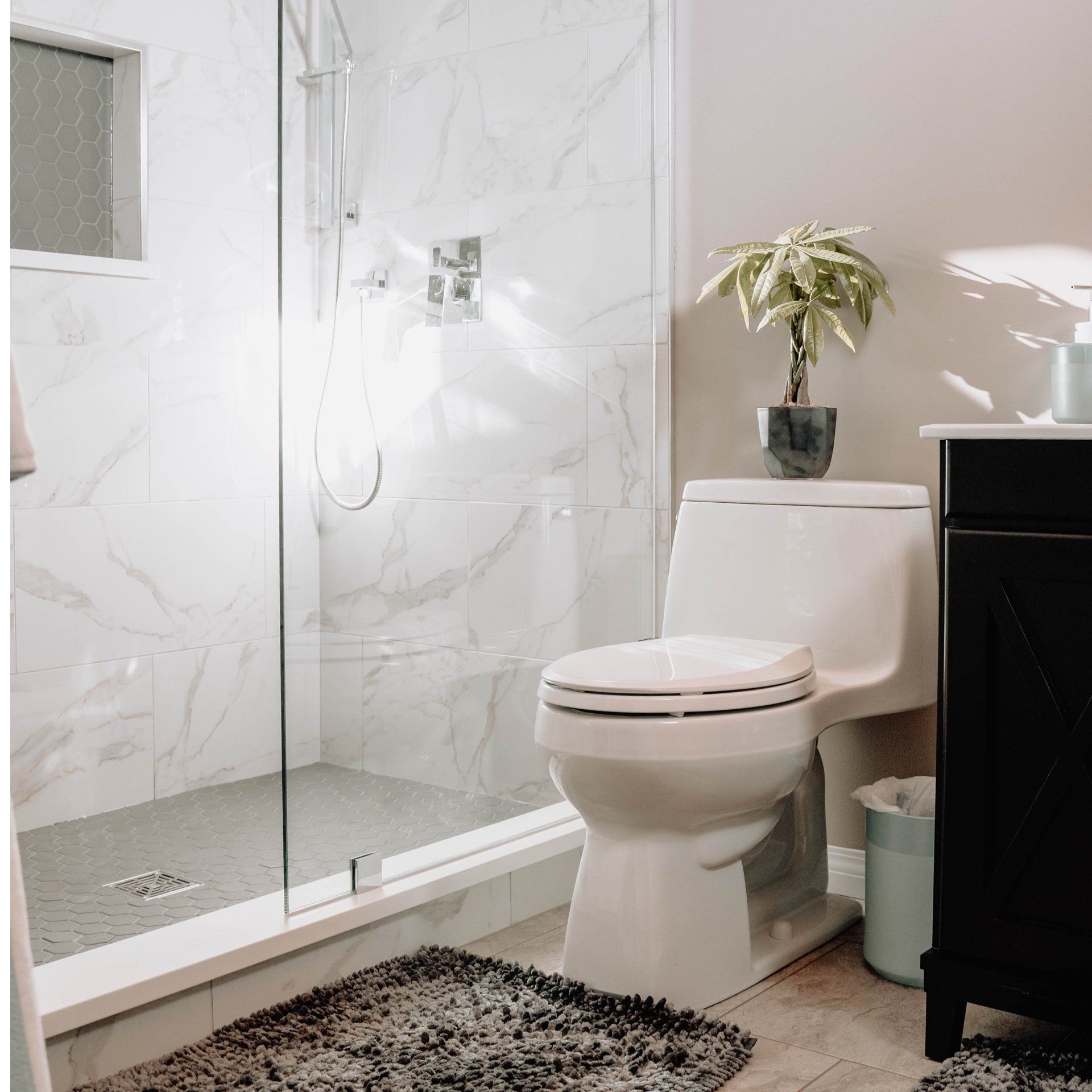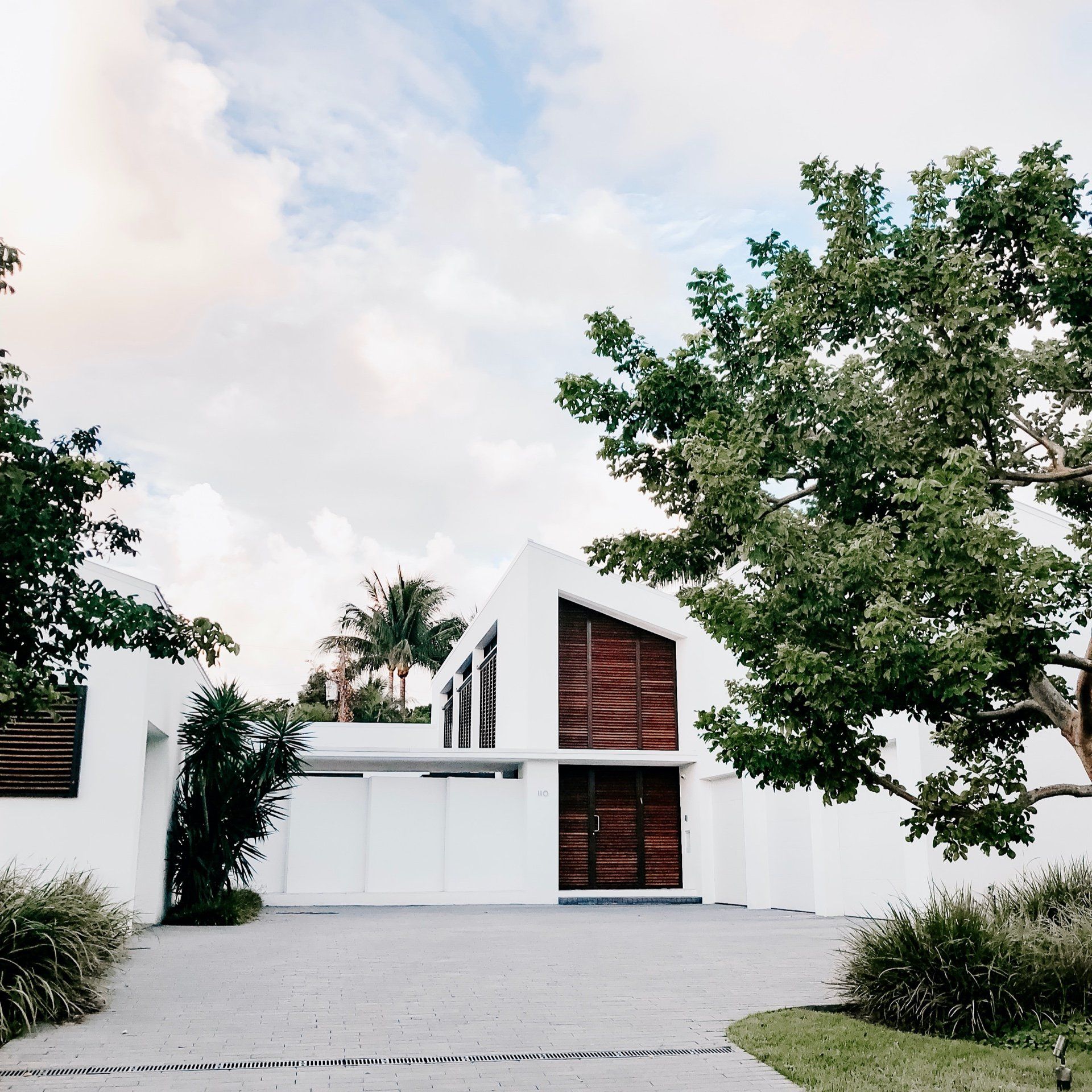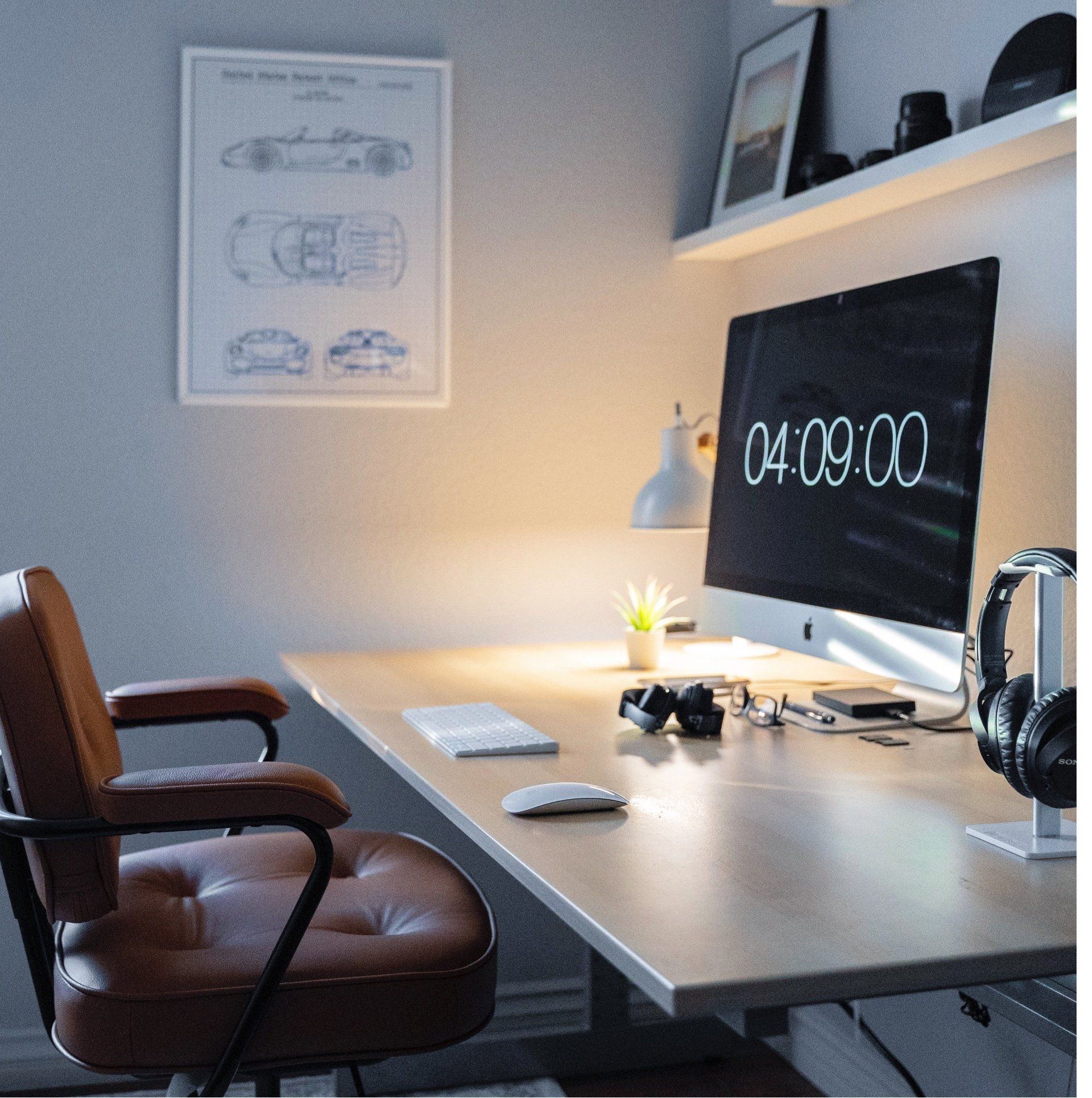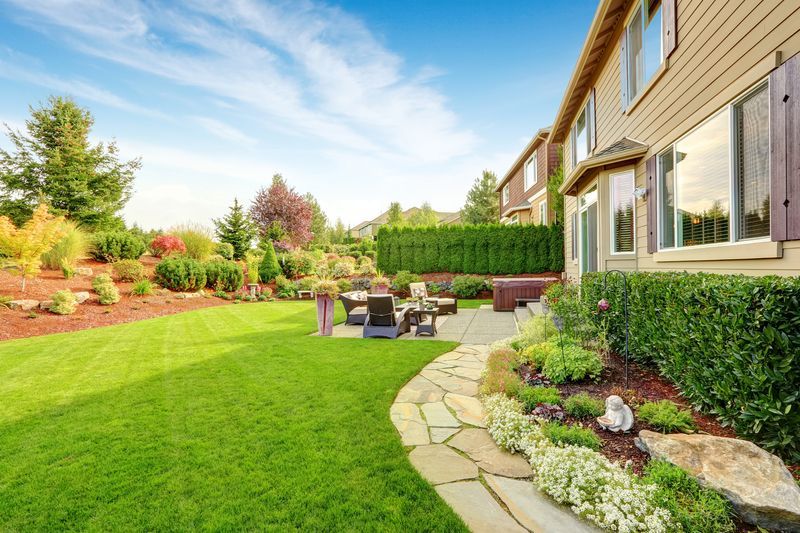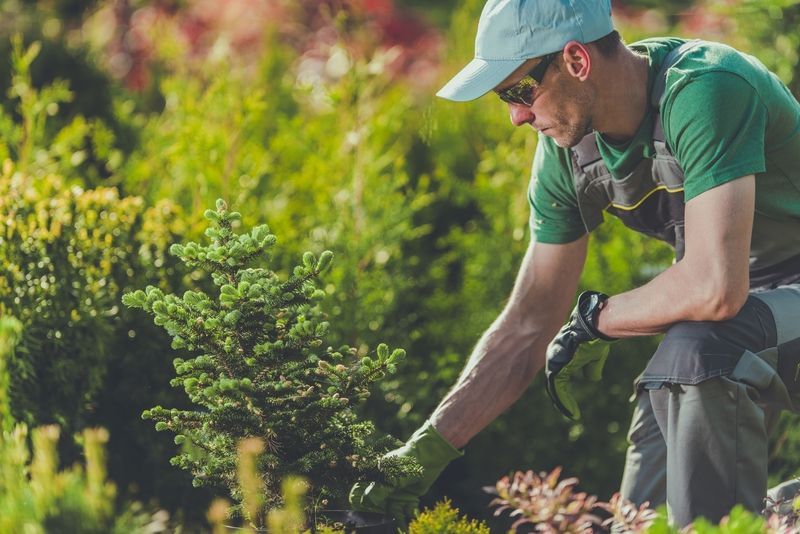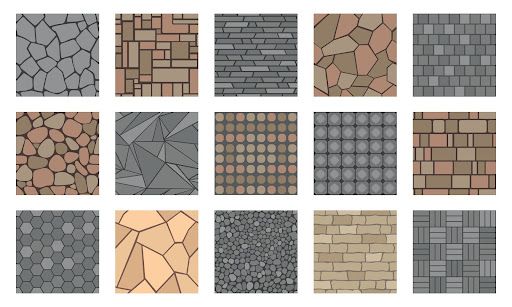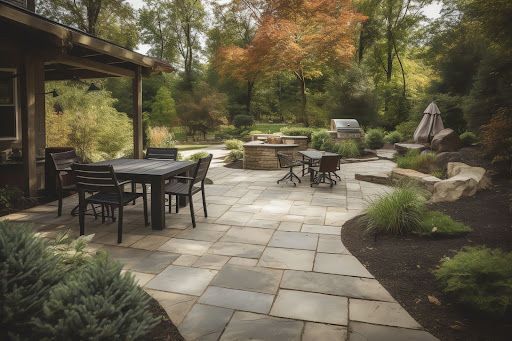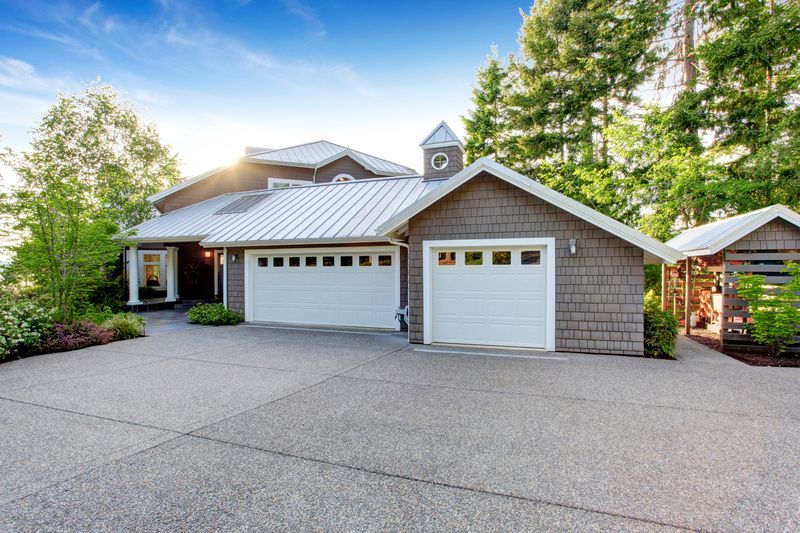The Practical Benefits of Switching to Artificial Turf for Homeowners
Looking for a low-maintenance solution to enhance your home's outdoor space? Switching to artificial turf offers homeowners a range of practical benefits. From saving time on lawn maintenance to reducing water consumption, artificial turf can transform your yard into a hassle-free oasis.
Overview of Artificial Turf
Artificial turf, a surface made from synthetic fibers designed to mimic the look and feel of natural grass, has become a popular landscaping option for homeowners. Its origins date back to the 1960s, with significant advancements in technology and materials enhancing its appeal. Today, several types of artificial turf cater to various needs, including pet-friendly options, sports-grade surfaces, and varieties that resemble specific species of natural grass.
The
development of artificial turf evolved from its initial use in sports fields to a broader application in residential properties. Initially introduced as a solution for sports arenas that struggled to maintain healthy grass, artificial turf has undergone multiple enhancements. These improvements have made it more appealing for residential use, with better texture, color, and overall appearance that closely mimic natural grass. Its adoption in homes has been driven by its convenience and aesthetic appeal, offering homeowners a lush, green lawn all year round without the labor-intensive upkeep of traditional grass.
Current trends in landscaping with artificial turf reflect a growing preference for low-maintenance, water-efficient garden solutions. In areas like California, where water conservation is a pressing concern, artificial turf has gained popularity as an alternative to natural lawns. Its ability to provide a green space without the need for irrigation aligns with the region's environmental goals and restrictions on water usage. The versatility of artificial turf has made it a preferred choice for not just lawns, but also for play areas, pet zones, and decorative gardens. Homeowners appreciate the flexibility it offers in design and functionality, allowing for creative and diverse landscaping projects that enhance outdoor living spaces.
With the advancements in the quality and variety of artificial turf, it's no surprise that its use has expanded beyond sports fields to become a staple in residential landscaping. Its environmental benefits, coupled with ease of maintenance and aesthetic versatility, have positioned artificial turf as a practical and attractive option for homeowners looking to upgrade their outdoor spaces. As technology continues to evolve, we can expect even more improvements that will enhance the realism and sustainability of artificial turf, making it an increasingly preferred choice for landscaping in homes across California and beyond.
Water Conservation Benefits
The environmental benefits of artificial turf, particularly in terms of water conservation, are significant. Traditional lawns require a considerable amount of water to maintain their lush, green appearance. In contrast, artificial turf eliminates the need for this constant irrigation. The savings are most notable in drought-prone regions like California, where water conservation is not just a lifestyle choice but a necessity. Studies cited by the Environmental Protection Agency (EPA) on water-efficient landscaping underscore the dramatic reduction in water usage achieved by households that switch to artificial turf from natural grass. Homeowners have shared testimonials about reducing their water bills dramatically, contributing to both environmental sustainability and household savings.
Low Maintenance Advantages
Aside from water conservation, artificial turf offers significant low maintenance benefits. The routine care required for natural grass, including mowing, fertilizing, and weeding, is virtually eliminated with artificial turf. This not only saves homeowners time and labor but also spares them the ongoing cost of lawn maintenance equipment and supplies. The materials used in modern artificial turf are designed for durability and longevity, enduring harsh weather, heavy foot traffic, and sun exposure without losing their aesthetic appeal. A cost analysis over the life of artificial turf versus natural grass reveals substantial savings, making artificial turf a cost-effective solution for homeowners over time.
Aesthetic and Functional Appeal
One of the most appealing aspects of artificial turf is its year-round green appearance, offering a consistently pleasing aesthetic regardless of the season. This aesthetic appeal is complemented by the versatility of artificial turf in landscaping. Homeowners can design their outdoor spaces without the limitations imposed by the need for sunlight and water that natural grass requires. Instead, artificial turf can be used in shaded areas, on rooftops, around pool areas, and in other unconventional spaces, allowing for creative landscaping solutions. Numerous examples of creative residential applications, from ornamental gardens to children's play areas, showcase the functional flexibility and aesthetic potential of artificial turf, enhancing outdoor living areas in unique and visually appealing ways.
The combination of water conservation, low maintenance, and aesthetic versatility positions artificial turf as an advantageous landscaping solution for homeowners. Its capacity to save water is particularly critical in areas like California, while the reduction in maintenance and creative design opportunities offer a broader appeal, making artificial turf a compelling choice for residential properties seeking functional, sustainable, and attractive outdoor spaces.
Addressing Health and Environmental Concerns
The rise in popularity of artificial turf has sparked discussions about its health and environmental implications. One of the primary concerns revolves around the safety of the materials used in artificial turf. Research indicates that high-quality artificial turf is generally safe, with the U.S. Consumer Product Safety Commission (CPSC) finding no significant health risk to children and adults. These findings help alleviate concerns about exposure to harmful chemicals, which is a significant consideration for families. Environmental concerns also play a vital role in the debate over artificial turf. Critics argue that some versions of artificial turf can contribute to microplastic pollution and that its production and disposal raise sustainability questions. The industry has responded by developing more environmentally friendly options, including turf made from recycled materials and designs that are more easily recycled at the end of their lifecycle. Efforts to minimize the impact on local wildlife have also been initiated, with designs that encourage drainage and mitigate heat retention, which could affect garden habitats.
Proper Installation and Maintenance For Optimal Benefits
Maximizing the advantages of artificial turf extends beyond the purchase decision to proper installation and maintenance. Incorrect installation can lead to issues such as poor drainage, uneven surfaces, and reduced lifespan of the turf. Homeowners are advised to work with experienced professionals who can ensure the sub-base is properly prepared and that the turf is correctly secured and seamed.
Maintenance, while significantly less demanding than that of natural grass, is still necessary. Routine care practices include brushing the turf to keep fibers upright, removing debris to prevent weed growth, and occasional rinsing to keep the surface clean. Following best practices for maintenance ensures the artificial turf retains its aesthetic appeal and functional qualities without the excessive use of resources.
Making an Informed Decision
When considering artificial turf, homeowners must weigh the pros and cons to make an informed decision. While the advantages in terms of water conservation, low maintenance, and aesthetic appeal are clear, factors such as upfront costs, potential environmental impact, and personal preference for natural environments should also be considered. Choosing the right type of artificial turf involves assessing the specific needs of your property, lifestyle, and environmental values. Consulting with professionals who can offer customization options and provide detailed information about the variety of available materials can aid in selecting a product that aligns with your landscaping goals. Ultimately, artificial turf offers a compelling alternative to traditional lawns, particularly in regions facing water scarcity or for homeowners seeking a low-maintenance landscape solution.
By addressing health and environmental concerns and adhering to best practices for installation and maintenance, artificial turf can be a sustainable, beautiful, and practical addition to residential properties.
Ready to transform your outdoor space with artificial turf?
Contact California Exteriors Inc today to learn more about the practical benefits of making the switch.

